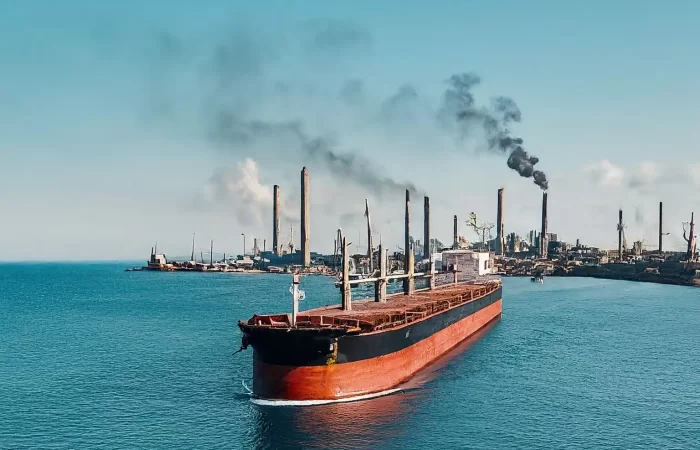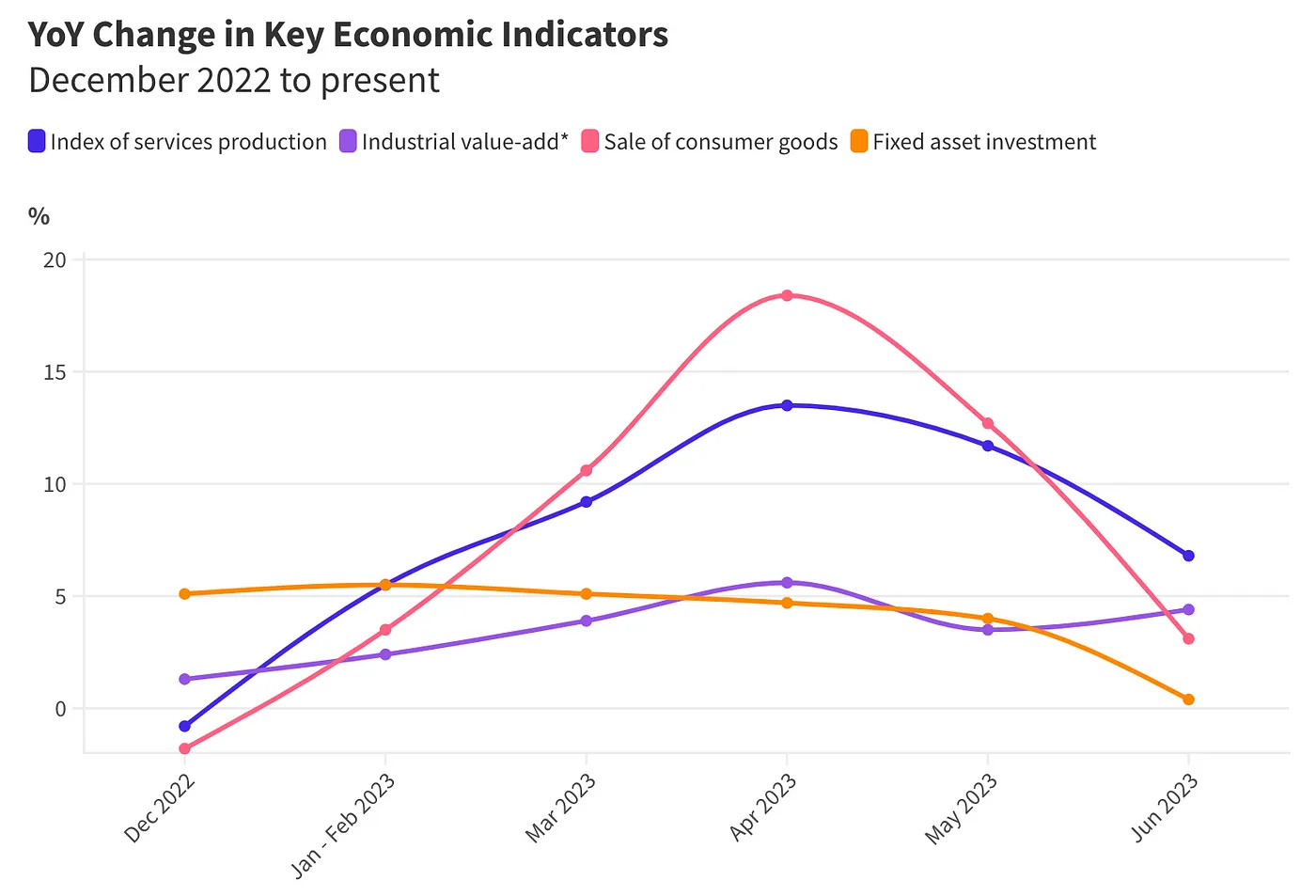China's Iron Ore Imports
Is Iron Ore Choking China? China Imported Nearly 1 Trillion RMB Worth of Iron Ore Last Year: Australia Hits the Jackpot! Last year, China spent nearly 1 trillion RMB on iron ore imports, with Australia alone pocketing a whopping 600 billion RMB.
Brazil also grabbed over 200 billion. Remember when Australia boasted about cutting off our iron ore supply during the reign of “understanding kings”? Ridiculous! China isn’t that easy to choke, is it? But then again, our country is rich in iron ore reserves, ranking fifth globally with reserves exceeding 600 billion tons. So why do we still venture far to import from Australia and Brazil? Our surrounding areas abound with iron ore resources—Russia, North Korea, and Kazakhstan are all major iron ore producers. Then, why this preference for distant sources?
As we all know, iron ore is crucial for infrastructure, steelmaking, metal processing, shipbuilding, and more. China is famously dubbed the “infrastructure maniac,” and naturally, steel consumption is skyrocketing. In 2022, China’s steel production surpassed the 1-billion-ton mark for the first time, more than triple the peak of the US-Soviet era.
To ensure the quality of steel, steel mills typically use iron ore for smelting. Whether it’s the houses we live in, bridges we cross, or the cars and home appliances we use daily, steel is indispensable. China purchases nearly 75% of global iron ore. Although China’s proven iron ore reserves stand at 57.1 billion tons, ranking fifth internationally, the problem lies in the scattered distribution of these mines, making large-scale extraction challenging. Moreover, our iron ore quality is relatively low, with iron content mostly ranging from 30% to 40%, compared to Australia’s which is generally over 60%. Hence, importing proves to be more cost-effective.
Looking at our neighboring countries, they face their own challenges. While Russia boasts abundant iron ore resources, the thick permafrost layer poses daunting extraction costs. Kazakhstan’s iron ore, though easier to access, is often hidden in inaccessible mountainous terrains, requiring substantial infrastructure development.
As for countries like Kyrgyzstan, Pakistan, and Afghanistan, their poor infrastructure poses significant hurdles. North Korea is even worse off, with severe sanctions and a lack of mining equipment. In summary, the extraction costs in these countries are prohibitively high, requiring substantial investments in technology, equipment, and even talent. The cost of building roads and bridges further adds to the financial burden.

Understanding China’s Iron Ore Imports: Insights from MaQin Investment Group
In contrast, Australia and Brazil seem to have hit the jackpot. If the Middle East can gush oil with a pipeline, Australia is not far behind, except they’re pumping iron ore. Australia holds 27% of the world’s total iron ore reserves, surpassing a quarter of the total. Not only is the quantity significant, but the quality is also exceptional, with over 70% of iron ore containing more than 62% iron, ready for direct shipment. Considering the low cost of shipping to China, which is only 15% to 20% of domestic mining costs, and the superior quality, it makes more sense to import from Australia than to mine domestically.
Australia once toyed with the idea of using iron ore as a leverage against China, following the footsteps of the United States. However, they soon realized it was a self-destructive path. Countries like the US and Europe, with mature industrialization and urbanization, have saturated their steel demands. Australia discovered that clinging to China’s economic leg is essential for survival.
While China can find alternatives if cut off from Australia, such as Brazil or India, it would be a loss for Australia itself. Hence, attempting to choke China economically would only backfire on them. Moreover, China has its own treasure—scrap iron. With annual scrap iron production reaching 270 million tons, and over 150 million tons recycled annually, reducing dependence on iron ore imports is feasible through judicious use of scrap iron and moderation in construction.
In essence, bulk commodities aren’t rare. If the EU loses Russian natural gas, Norway, Algeria, and Qatar are quick substitutes. Sanctioning agricultural or resource-rich nations is a breeze for industrial powerhouses. However, the real scarcity lies in intellectual property, industrial technology, cutting-edge science, and talent.



